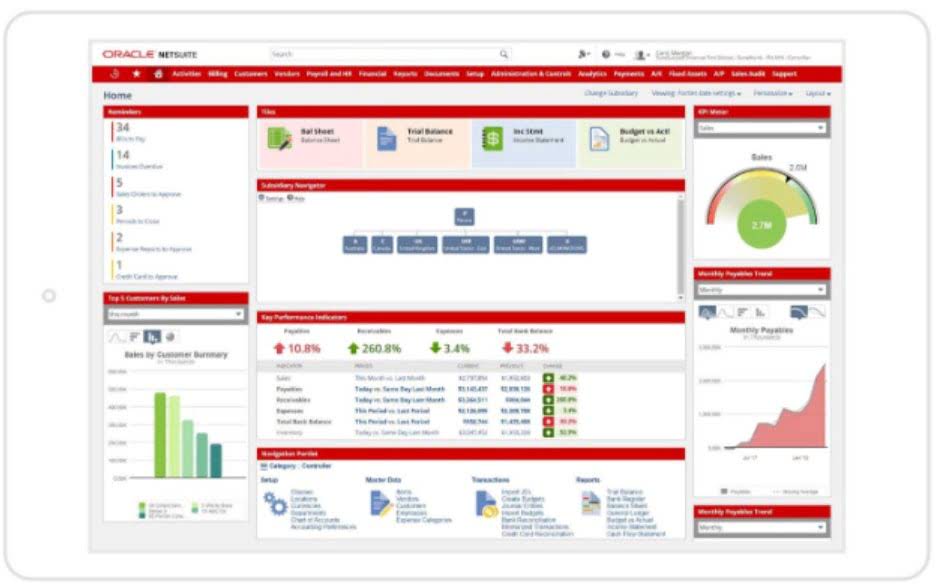
Then, for internal purposes, such as in the case of investor reporting, the same company can use the FIFO method of inventory accounting, which reports lower costs and higher margins, which is attractive to investors. In periods of rising prices, constant increases in costs can create a credit balance in the LIFO reserve, which results in reduced inventory costs when reported on the balance sheet. The purpose of the LIFO reserve, also known as the “LIFO allowance,” is to bridge the gap between the LIFO (Last In, First Out) and FIFO (First In, First Out) inventory accounting methods. Different companies prefer to use different inventory accounting methods based on their specific operational and financial circumstances. LIFO is used mainly in the US due to its tax benefits; it assumes that the most recently acquired or produced goods are the first ones to be sold, which matches higher costs against revenues in times of inflation, thereby reducing taxable profits. Inventory values as per generally accepted accounting policies as per the First in, first out (FIFO) method or weighted average method, or Last in first out (LIFO) method.
It is nothing but the difference between valuation per the organization’s regular methods and valuation per the LIFO method. It is used to offset the operating losses, the difference due to inventory valuation, etc. Still, the process involved in calculating LIFO Reserve is very lengthy and time-consuming. To be eligible to use LIFO for tax purposes, there is a book conformity requirement. The what is lifo reserve book conformity rule provides that the LIFO method of accounting for inventory must be used for financial reporting purposes for it to be adopted for tax purposes. The LIFO method of accounting generally increases cost of sales relating to inventory sales and generally reduces net income, so some companies that report earnings publicly are reluctant to utilize the LIFO method for inventory.
LIFO Reserve Meaning and How to Calculate It
We endeavor to ensure that the information on this site is current and accurate but you should confirm any information with the product or service provider and read the information they can provide.
The LIFO reserve comes about because most businesses use the FIFO, or standard cost method, for internal use and the LIFO method for external reporting, as is the case with tax preparation. This is advantageous in periods of rising prices because it reduces a company’s tax burden when it reports using the LIFO method. ABC company uses the FIFO method for internal reporting purposes and LIFO for external reporting purposes. At January 1, 2011 the allowance to reduce inventory to LIFO balance was $20,000, and the ending balance should be $50,000.
Did you know that the last-in, first-out (LIFO) method could help private companies manage high inventory costs?
In contrast, FIFO (First-In, First-Out) assumes that the oldest inventory is sold first. LIFO is often chosen for various reasons, including tax advantages, especially during periods of rising prices. Most companies use the LIFO method for external reporting due to the tax savings and the non-LIFO method for internal reporting.

The objective of using LIFO for external purposes is the inflationary economic conditions resulting in higher inventory costs. Both the LIFO and FIFO methods fall in line with the Generally Accepted Accounting Principles (GAAP) established by the Financial Accounting Standards Board (FASB) in the US. The goal is to make the presentation of inventory value as attractive as possible. For internal reports, which are viewed by shareholders that benefit from company profit, the FIFO method is typically used because it presents the actual or reasonably expected profit the company stands to generate.
Important Points About LIFO Reserve
We can further calculate the FIFO Cost of goods sold from the FIFO Inventory to find the gross profit and profitability ratios. When the external stakeholders are analyzing the company’s financial health and position in the market, they mainly rely on the financial ratio analysis. Financial ratio analysis offers great insight into the performance of the company.
- Disclosure about LIFO reserve is important in such scenarios for comparability of financial results.
- It is used to offset the operating losses, the difference due to inventory valuation, etc.
- LIFO, or Last-In, First-Out, is one of the methods used for valuing inventory.
- At January 1, 2011 the allowance to reduce inventory to LIFO balance was $20,000, and the ending balance should be $50,000.
- Inventory values as per generally accepted accounting policies as per the First in, first out (FIFO) method or weighted average method, or Last in first out (LIFO) method.
By doing little tweaks in the formula for LIFO Reserve, the financial statements of a business using LIFO and another company using FIFO methods can be made comparable. The credit balance in the LIFO reserve reports the difference since the time that LIFO was adopted. The change in the balance during the current year represents the current year’s impact on the cost of goods sold. In order to create a balance between the two methods and to give a fuller picture of a company’s financial realities, the LIFO reserve account is necessary. Taxpayers experiencing rising inventory costs should consider adopting the LIFO cost-flow method. Inflation is abnormally high across most sectors compared to the last few decades.
LIFO Reserve Journal Entry
To delve a bit deeper, adopting LIFO as your inventory valuation method tends to result in a higher inventory value on the books but can lead to a decrease in reported net income. This is under the assumption that the cost of inventory increases over time, making the most recently purchased inventory (which is sold first under LIFO) more expensive. However, this leads to a discrepancy when comparing the financials of a company using LIFO with another one using FIFO or other inventory accounting methods. It is an account used to bridge the values of inventory accounting methods, allowing for better comparisons and more accurate financial analysis and reporting. The LIFO Reserve is an important accounting calculation mandated by the US GAAP and FASB. The companies must report the LIFO Reserve in their financial statements when they use multiple inventory methods for internal and external reporting.
- We endeavor to ensure that the information on this site is current and accurate but you should confirm any information with the product or service provider and read the information they can provide.
- GAAP requires all businesses to report the LIFO reserve for bookkeeping purposes.
- The balance on the LIFO reserve will represent the difference between the FIFO and LIFO inventory amounts since the business first started using the LIFO inventory method.
- By valuing inventory using LIFO, they can reduce taxable income and defer taxes.
- This information is integral for investors because it enables them to see how inflation affects the value of the company’s inventory, or it allows them to determine the taxation benefits of using the LIFO or FIFO accounting methods.
We’ve seen private companies stocking up on inventory to beat rising inflation and combat supply chain issues. The downside to having excess inventory on-hand is that it could lead to higher costs for handling and storing inventory as well as less available capital. With rising interest rates, the cost of capital is also increasingly leading companies to look for alternative sources. Companies that are not using LIFO should consider adopting the LIFO method for their inventory to reduce taxable income and their cash tax outlay.
